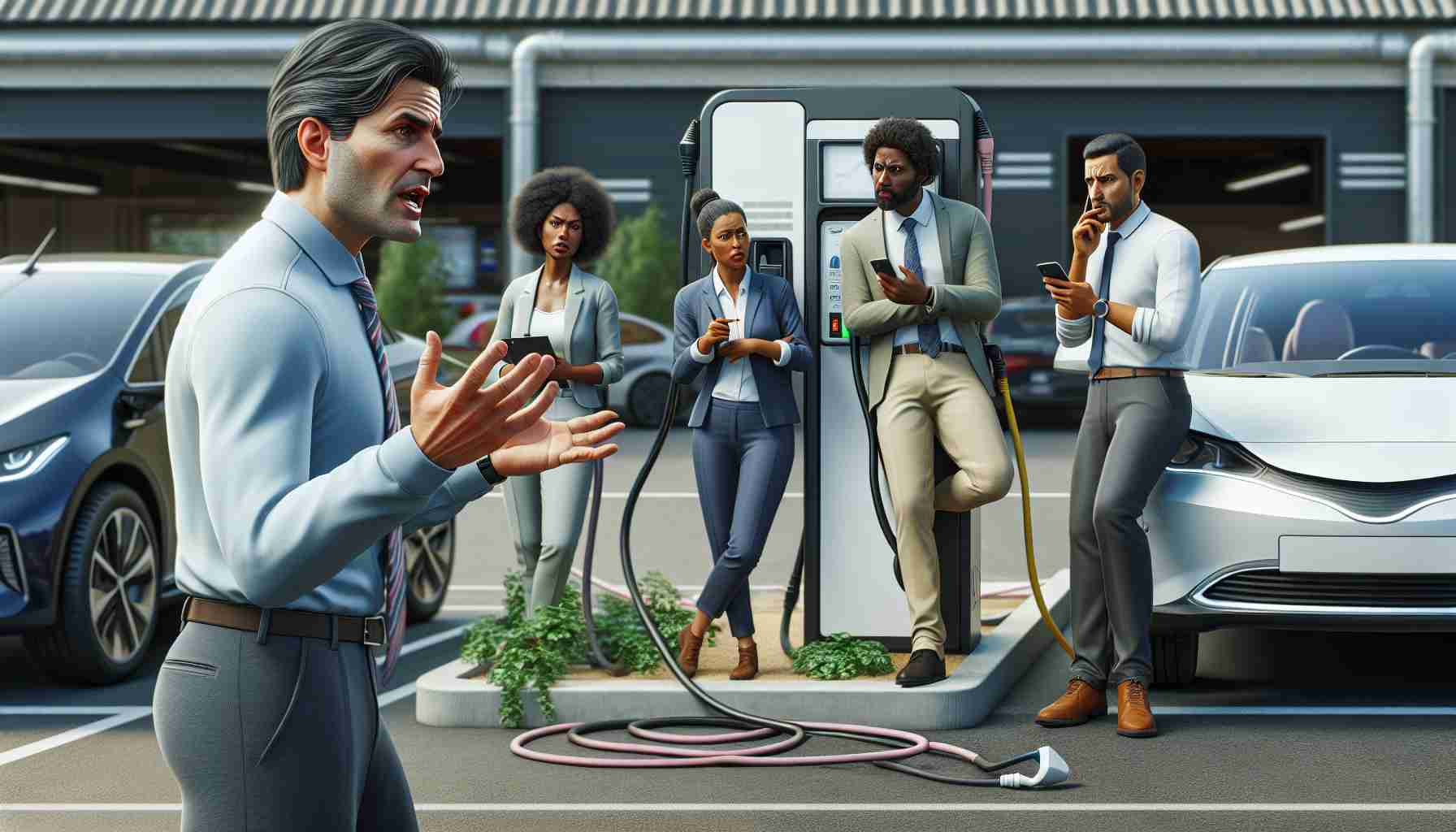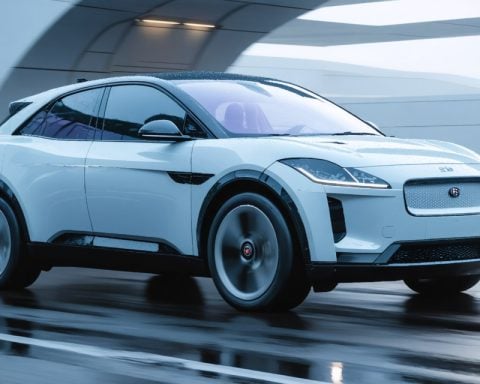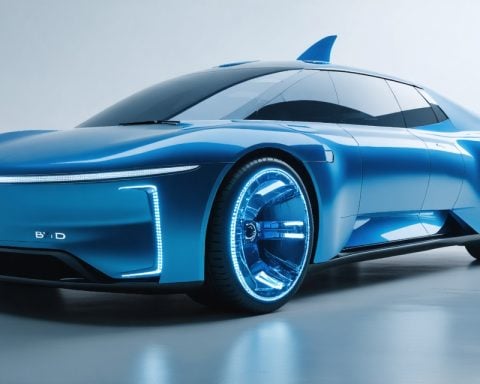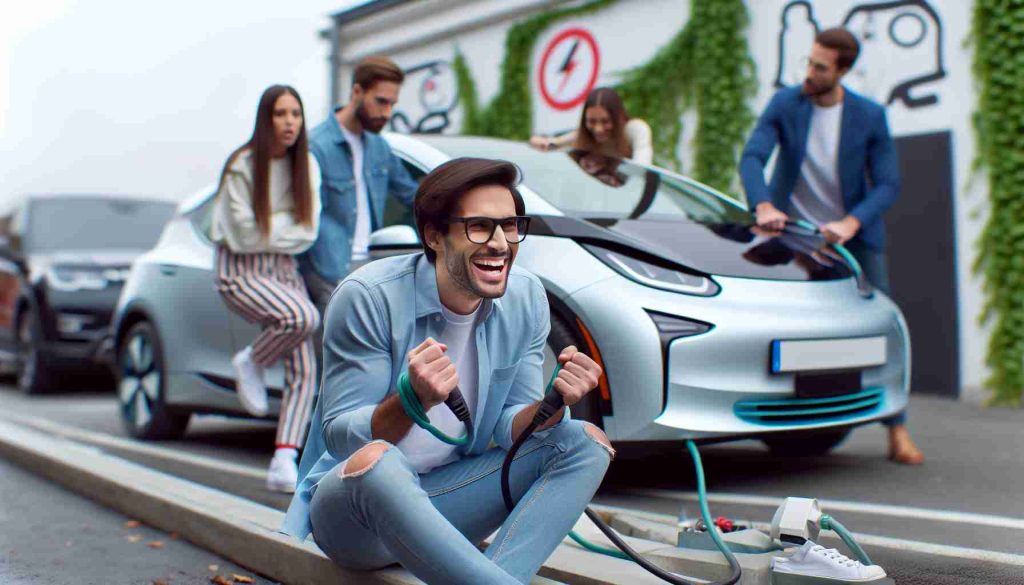- Tesla owners, like Bob Porter in Vancouver, face challenges navigating public perception due to CEO Elon Musk’s controversial political ties.
- Musk’s high-profile engagements have caused discomfort among Tesla drivers who are concerned about being linked to his political affiliations.
- Tesla faces additional challenges, including wavering stock prices, declining sales figures, and mounting competition in the EV market.
- Rising costs and reduced incentives exacerbate Tesla’s difficulties, according to industry experts like Joe McCabe.
- Local incidents, such as graffiti at a Vancouver dealership, highlight the growing unease with Musk’s influence on Tesla’s public image.
- The disconnect between Musk’s persona and Tesla’s sustainable mission may hinder the company’s progress in promoting a greener future.
When Bob Porter first slipped behind the wheel of his Tesla, the electric hum of innovation marked a commitment to a greener future. Now, years later, that sleek ride feels more like a bullseye. In Vancouver, Tesla owners like Porter find themselves navigating the turbulent waters of public perception, tangled with the high-profile antics of Tesla’s enigmatic CEO, Elon Musk.
Porter, the president of the Vancouver Electric Vehicle Association, relates a growing discomfort among Tesla drivers who feel an unwarranted association with Musk’s controversial political engagements. Once heralded as pioneers of clean energy, these drivers now grapple with the notion that their choice of vehicle might be misconstrued as an endorsement of Musk’s affiliations.
Glancing at the road ahead, it’s impossible to ignore Tesla’s mounting challenges. The stock is wobbling, and sales figures have skidded. While some might point to Musk’s advisory role to figures like former U.S. President Donald Trump as a contributing factor, industry insiders like Joe McCabe, an auto analyst, suggest that the narrative is more complex. Rising prices, shrinking incentives, and a rapidly expanding EV market amplify the static surrounding Tesla’s compass.
Meanwhile, a Vancouver Tesla dealership bears silent witness to this unrest. Local authorities are untangling a case of graffiti aimed squarely at Musk—a signal that, in this climate, Tesla’s image may be veering into oncoming traffic.
Through it all, the key message crystallizes: Schism between Musk’s persona and Tesla’s mission may slow the very future these vehicles aim to drive towards—one of sustainable mobility. As new EV options beckon, Tesla owners consider both the road and the image they project along it.
Is Your Tesla a Status Symbol or a Statement? Navigating the Tesla Dilemma
Understanding Tesla’s Market Position
Industry Trends and Market Forecasts
Tesla continues to lead the electric vehicle (EV) industry but faces fierce competition. According to a report by the International Energy Agency, the global electric car stock passed 10 million in 2022, with Tesla holding a significant but shrinking share due to new entrants like Rivian, Lucid Motors, and legacy automakers ramping up EV production.
The trend towards electric vehicles is driven by stricter emissions regulations and advancements in battery technology. Bloomberg New Energy Finance predicts that EVs will represent 58% of global passenger car sales by 2040, presenting both opportunities and challenges for Tesla.
Real-World Use Cases and New Innovations
Tesla vehicles are renowned for their advanced features such as Autopilot, extensive Supercharger network, and over-the-air software updates that continuously improve the car’s functionality. However, other manufacturers are closing the gap with competitive features and pricing.
How-To Steps and Life Hacks for Tesla Owners
1. Optimize Battery Life: Charge between 20-80% and use the scheduled departure feature to precondition the battery for enhanced performance.
2. Enhance Driving Experience: Use regenerative braking to conserve energy and reduce brake wear. Additionally, enable ‘Navigate on Autopilot’ for a safer, semi-autonomous driving experience.
3. Maximize Value: Consider participating in Tesla’s referral program for perks, and take advantage of mobile servicing for convenience.
Security, Sustainability, and Controversies
Security & Sustainability
Tesla is at the forefront of EV sustainability, but questions linger about lithium-ion battery disposal and resource mining ethics. Tesla promotes battery recycling to address environmental concerns and is working on technologies to reduce reliance on cobalt.
Controversies & Limitations
The ongoing association with Elon Musk’s controversial comments and political affiliations has affected Tesla’s public perception. This poses challenges, as some buyers are wary of supporting a brand shrouded by high-profile public relations difficulties.
Critics also point out limitations in Tesla’s Full Self-Driving technology, citing accidents and discrepancies between marketing promises and reality. Investigative reports by agencies like the National Transportation Safety Board (NTSB) have called for clearer regulations on autonomous vehicle technologies.
Pros & Cons Overview
Pros:
– Leading electric range and performance.
– Extensive Supercharger network.
– Innovative technology and continuous updates.
Cons:
– Strong association with Elon Musk, which may polarize potential buyers.
– Higher initial costs compared to emerging EV competitors.
– Ongoing concerns about autopilot safety.
Recommendations for Potential Buyers
– Distinct Purchase Motivation: Consider whether your decision is environmentally motivated, tech-focused, or brand-loyal. Analyze how the brand’s image aligns with personal values.
– Competitive Analysis: Evaluate other EV devices like the Hyundai Ioniq 5 or Ford Mustang Mach-E which offer compelling features at various price points.
– Stay Informed: Keep abreast of updates on Tesla’s market position and new EV technologies. Engage with communities like the Vancouver Electric Vehicle Association to exchange insights.
For more insights into the electric vehicle market, visit the International Energy Agency.
Adopting a Tesla means aligning with a vision of a more sustainable future, but it also requires navigating the complexities that come with being part of a polarizing brand.
















